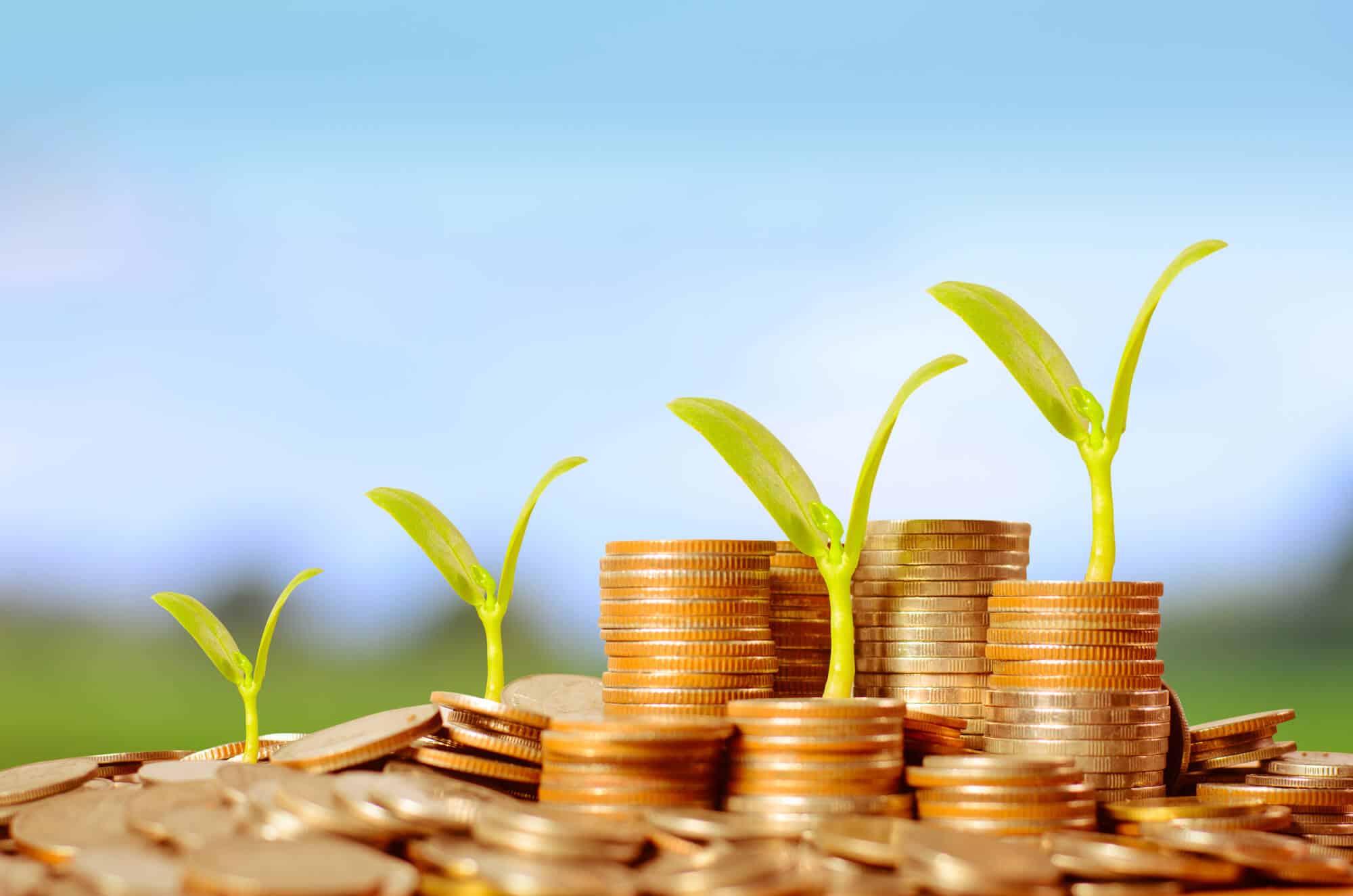Opinion: The human relationship to the climate and the environment is similar to intensive borrowing - except that we have no intention of regaining our peace. We must change our ways of working with the "bank" - because otherwise, we will sink into "bankruptcy" from which we will not be able to rise
By Gideon Bacher, Angle - Science and Environment News Agency

For thousands of years, our economic and financial model is based on the principle of credit. We all take credit: whether it's a mortgage to buy an apartment, a bank loan to buy a new car, loans for studies and of course the famous overdraft. We pay back the credit we took - and if we are unable to do so, the financial system knows how to deal with the matter and stabilize the economy.
But there is one type of credit that we take today in abundance, without limit and without regulation, without bank guarantee and without guarantors. Beyond that, the vast majority of us also do not intend to return it - but to pass it on to our children and grandchildren. This is the climate and environmental credit.
We emit huge amounts of greenhouse gases into the atmosphere, which are already estimated atOver 50 billion tons per year. Millions of tons of sewage, plastic and toxins are poured into the air, sea and land. We are currently using the earth's resources - without any intention of returning what we take.
If this is not enough, we are depleting our climate-environmental credit reserves, by cutting down the forests that absorb carbon dioxide, the greenhouse gas that is the main cause of the climate crisis, and destroying entire ecosystems for the purposes of construction, development, mineral mining, and more. Without these reserves, we will not be able to pay back the credit we take from the Earth's natural systems.
As long as we continue with the trend of taking climate-environmental credit without taking steps to mitigate the growth of the debt, return it and create reserves, we are rapidly approaching the point of global bankruptcy, wide-ranging and long-term. We are advancing, the scientists warn us, to the point where the natural systems will no longer be able to function and fulfill their mission of enabling life on Earth. Our over-withdrawals from the climate-environmental "bank" will be so acute, so large, that the natural systems will collapse and lead us to "climate bankruptcy". But will there be someone who can rescue us from her and at what cost? There is no answer to this question, and we leave the difficult dealing with the large debt to our children and grandchildren.
Reduce, save - and pay back the debt
As in the economic-banking systems, here too we must take several steps - to prevent our climatic-environmental bankruptcy, as humanity. In the first step, we must significantly reduce our borrowing, i.e. reduce the emission of greenhouse gases into the atmosphere - and stop the massive cutting of the Earth's forests, the destruction of natural systems (such as coral reefs), the conversion of vast open areas into built-up areas, the fishing The uncontrolled and more. We must stop pollution in its various forms, and reduce the use of the private car. Like any person with large debts, we too need to downsize and save - and reduce our carbon and environmental footprint.
At the same time, we must increase our reserves in the "bank" - with some key ways to do this being a transition to renewable energies, compliance with the principles of green construction, investment in means of transportation that are not based on fossil fuels, protection of extensive natural areas at sea and on land, and more.
And like any good borrower, who doesn't want his credit rating to go down, we also have to eventually pay back the debt we take on. The way to this is through the restoration of natural systems (such as forests, lakes, swamps and streams) - among other things, so that they store carbon dioxide in them and reduce its amounts.
From overdraft to prosperity
This change is possible: at our Ministry of Foreign Affairs, for example, we have implemented a green policy, within the framework of which we have already saved 36 percent of the ministry's electricity consumption, and in addition we have installed solar panels, reduced our water consumption by 30 percent and eliminated the use of disposable utensils in all our activities. In doing so, we began the process of reducing the climate credit we take - and even increasing the savings in the bank, through a contribution to global climate-environmental initiatives.
Returning our climate-environmental debt in Israel can and should go through the implementation of the resolution of the UN Convention on Biological Diversity from the end of 2022, to which Israel is also a signatory: Protection of 30 percent of land and sea areas until 2030. In addition, an orderly national plan must be developed for the complete reset of Israel's greenhouse gases by 2050, as the state pledged at the last climate conferences in Sharm el-Sheikh וin Glasgow.
Beyond that, another main way to deal with our environmental "debt" is through one of the areas that Israel excels in them more than anything - Development of climate-environmental innovation. Applicable, practical and cheap solutions, which suit the developing world as well as the developed world, will help all of us, as humanity, to repay the credit we took from the climate and nature - and move towards global prosperity and well-being.
Ambassador Gideon Bacher is the special envoy for climate change and sustainability at the Ministry of Foreign Affairs.
More of the topic in Hayadan:
